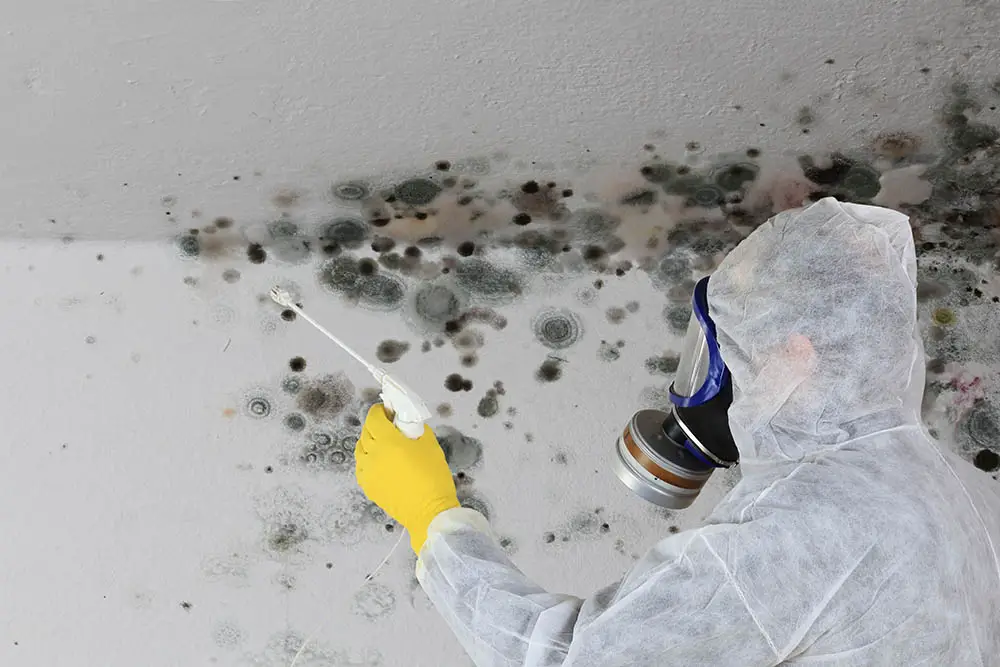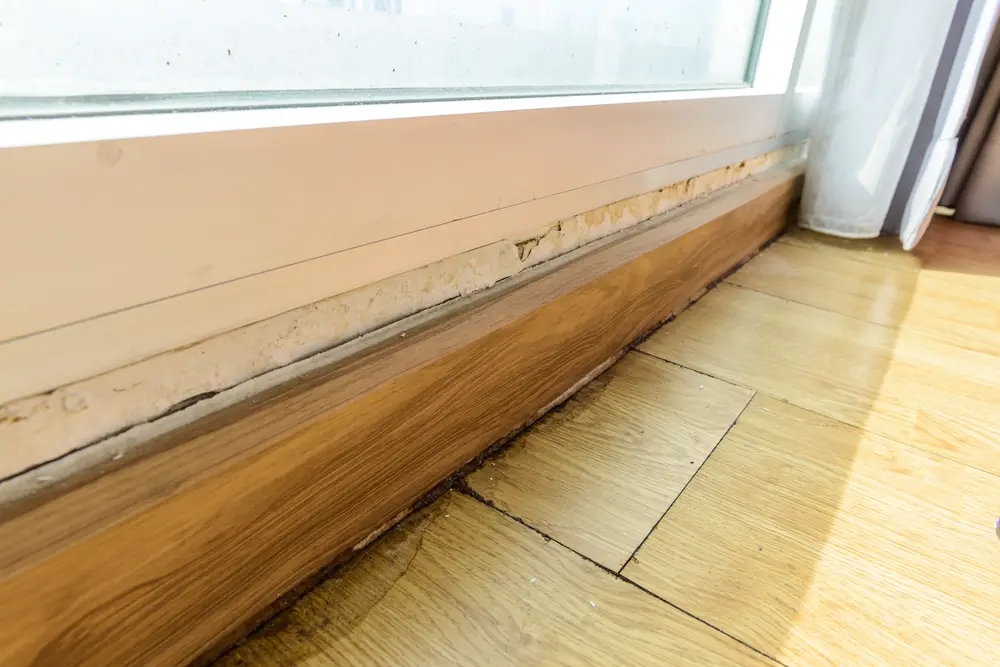Mold is the enemy of most homeowners and renters. Settling in nooks and crannies, it ruins our bathrooms, ceilings, attics, and basements.
Often we find ourselves defenseless against it, desperately searching for treatment and prevention methods. A popular choice is adjusting the humidity levels. Just as humidity gives mold life, it can take it away. Adjusting the humidity levels in your home can be a surefire way to banish mold and save you from the fate of a musty-smelling house. Sounds too good to be true? Let’s find out if it is and how different humidity levels can banish mold from your home permanently! We will also be including some tips to prevent mold from rearing its ugly head.

What Humidity Kills Mold?
To kill mold in your home, a humidity level below 50% is required. Ideally, a humidity level of 35% is optimal to kill the mold.
Reducing the humidity level in your home will reduce the moisture levels in the air, leaving your mold without its prime growing conditions.
You can do this by ventilating your home well or purchasing a dehumidifier. While these methods successfully remove the moisture from the air that mold loves, it does not necessarily kill the mold present in your home.
A dehumidifier can be the ideal solution for rooms that are not frequently used, such as basements.
While lower humidity levels will decrease the levels of mold growth in your home, it does not always kill the mold spores present.
In these cases, follow the lower humidity levels with other mold treatments such as remedies applied to the mold directly to remove it from your home.
What Humidity Level Can Grow Mold?
Generally speaking, the higher the humidity level, the more likely mold will grow. Humidity levels higher than 55% will see mold beginning to grow, especially in areas with higher moisture levels, such as bathrooms.
When the humidity reaches levels of 60-70%, mold is certainly going to grow.
Some health officials dispute these figures and recommend maintaining the humidity levels in your home between 40% and 70%.
Still, the consensus is that these higher temperatures can not only damage your home but provide the perfect moist atmosphere for mold to spread.
These humidity levels apply to most types of mold found in homes, especially black mold. You are likely to find these in areas that frequently have high humidity levels, such as your bathroom or kitchen.
You can expect them in your basement or attic, depending on your climate. In rooms that are less frequently used, you might want to consider long-term solutions to prevent molds, such as air conditioning and dehumidifiers.
How can I lower the humidity in my house to remove mold?
There are numerous ways you can lower the humidity level in your home to reduce mold. A dehumidifier is an excellent option, pulling moisture out of the air, but it can be pricey and need to be emptied regularly, depending on the size. So what else can you do?
Airconditioning
Using your air conditioning will reduce the humidity in your home, as well as using fans, but be sure to clean them and replace filters in your AC regularly to ensure they work at their optimal level.
Cold Short Showers
Taking shorter showers at colder temperatures will reduce the hot and moist air entering your bathroom and reduce the chance of mold growth. Ventilating a bathroom correctly after showers will also reduce the humidity levels in your home.
Proper Ventilation
Ventilating your home, in general, is a wonderful way to reduce humidity levels; opening windows even for a short period of time will work wonders!
Dry Clothes Outside
Other options such as drying clothes outside on a washing line and placing plants outside are also fantastic options to reduce the amount of moisture in your home. Doing these will reduce the chance of higher humidity levels and mold appearing in your home.
What is the Best Way To Get Rid of Mold?
The best way to remove mold is with a mold cleaner or homemade remedy applied to the area and washed off.
Once the surface mold is cleaned and removed, you will want to follow preventative measures to ensure that the mold does not return.
When it comes to preventative measures, ventilation is vital. Ensuring there is a steady stream of air and lower humidity levels will keep the mold at bay. For bathrooms, any moisture must be cleaned up; you want the room to be as dry as possible.
Keeping areas clean and dry is the best way to banish mold! Combined with regular mold treatments and ventilation, you will soon forget that mold ever existed!
If the mold is caused by leaks, roof damage, or wall cracks, be sure to have these repaired once the mold is cleared to prevent it from returning.








